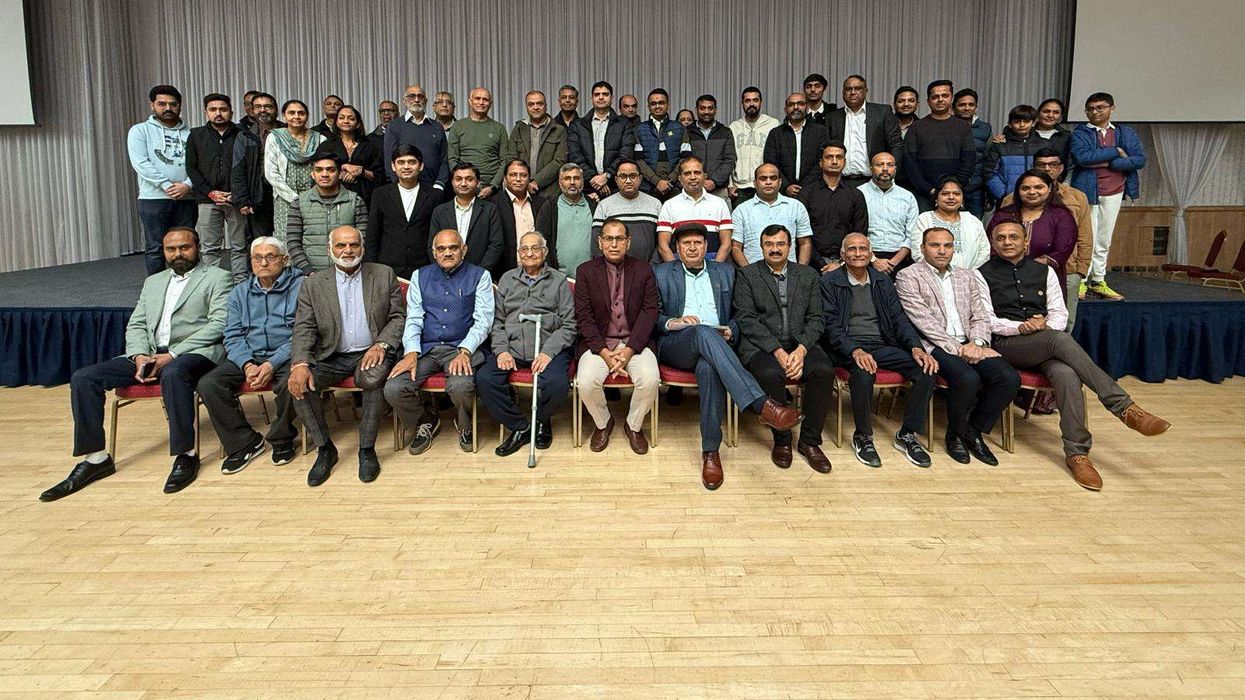In March, the civic authorities in one of India’s richest cities made a startling disclosure in the country’s top court: dog bites in Mumbai had killed more people in 20 years than the two deadly terror attacks in the city - the 1993 serial blasts and the 26/11 attack in 2008. – H3
According to the municipality’s petition in the Supreme Court, 434 people had died from rabies - a fatal viral infection which is almost 100% preventable - transmitted by dogs between 1994 and 2015. (In comparison, the two attacks killed 422 people.) More than 1.3 million people had been bitten by dogs in the city during the same period.
Animal rights groups say the comparison with terror attacks is alarmist hyperbole. But in a country where courts are struggling with a chronic backlog of more than 30 million cases, it is intriguing that the top court has been grappling with the issue of stray - or free roaming dogs - and rabies.
Feral Dogs
The reasons are simple: India has some 30 million stray mutts and more than 20,000 people die of rabies every year. Last year, Global Alliance for Rabies Control reported that India accounted for 35% of human rabies deaths, more than any other country.
India dog cull causes controversy and heartache
Why stray dogs are Kashmir’s latest threat
How far will India’s dog-lovers go to save strays?
Many of these deaths are blamed on the strays. Last month, the top court ordered the government in the southern state of Kerala to pay 40,000 rupees ($600; £415) to a man whose wife died after contracting rabies from a dog bite. (A third of Kerala’s one million dogs are strays; and nearly half of the 23,000 people bitten by dogs last year contracted rabies, say officials.) Health officials in Kashmir reported that more than 50,000 locals had been bitten by feral strays between 2008 and 2012, and that a dozen people had died of rabies during the period.
Man-animal conflict is on the rise. Animal rights groups say cash-strapped municipalities and irate citizens have been poisoning, clubbing, beating, shooting and electrocuting strays to control their population.
Last year, the growing stray dog problem in Kerala and neighbouring Tamil Nadu states inspired extreme measures: village councils ordered killing of mutts; dog catchers hired by locals went around injecting the canines with potassium cyanide. In 2012, a lawmaker from Punjab kicked up a storm when he suggested that stray dogs should be sent to China and India’s north-east - where dogs are sometimes eaten - after a rising number of dog bite cases. A parliamentary committee is actually “studying in detail the management of dogs” in areas where MPs live in Delhi.
Killing of dogs has been outlawed in India since 2001. But that hasn’t stopped harried authorities in Mumbai and Kerala from recommending culling of strays. In 2008, the Mumbai high court allowed municipal authorities to kill dogs that were “creating nuisance”. (The Supreme Court suspended the order later.) Since then, the top court has said there will no be no culling of strays, and ordered mass dog sterilisation programmes.
‘Dog nuisance’
But are the strays mainly responsible for biting humans?
The evidence is mixed. A study of dog bite cases conducted at a hospital in Kerala last year showed 75% of the patients had been bitten by pet dogs, and only a quarter had been caused by strays. A 2013 study in 13 Tamil Nadu schools found that pet dogs accounted for more than half of the dog bites suffered by students.
But most people believe that the burgeoning population of strays is to blame for the dire situation: the Mumbai municipality, in its latest “dog nuisance report”, says it has recorded nearly 100,000 complaints about free-roaming dogs from citizens between 1994 and 2015.
But groups like Humane Society International (HSI), who work on animal protection issues around the world, believe the issue of stray dogs in India is overblown.
“There are many more free-roaming dogs in Latin America than there are in India. In some communities in Latin America, there are as many as 50 dogs per 100 humans. The highest rate of free-roaming dogs we have recorded in India is around 7-8 dogs per 100 humans. By those standards, I would say that the dog problem in India is way lower than other parts of the world,” says Andrew Rowan, president of the group.
.
But then, it is also true that many of India’s stray dogs are owned in a “rather loose way in that somebody is usually providing for them, and in some cases, even veterinary care”. Many Indian households feed street dogs and taken them into their homes. Garbage is often blamed for the proliferation of strays although experts say “there is insufficient caloric density” in rubbish to sustain street dogs.
“The Indian street dog has evolved into a hardy species battling an unforgiving environment, both intolerant and loving humans, and the vagaries of nature. Their ability to thrive in great numbers in the most trying of conditions has resulted in a problem of plenty,” says animal rights activist Gauri Maulekhi.
These are potatoes
Rabies-free It is clear that India's sterilisation programme for stray dogs is in tatters. A labyrinthine bureaucracy, involving many ministries, and paltry federal funding is mainly responsible. The health ministry funds a programme run by HSI, spaying 5,000 dogs a month in Haryana, but that is not enough. A mass sterilisation drive in Jaipur has fetched rich dividends. Among the states, Sikkim in the northeast is an outlier: it is rabies-free after all its strays have been neutered, thanks to a successful government-run sterilisation programme. It costs about 1,000 rupees ($15; £10) to sterilise a dog, and it has to be done at a fast pace to prevent the population from multiplying. Mumbai's municipality, for example, reckons it will take 13 years to neuter the more than 100,000 unsterilised strays in the city. "It will be difficult," says health officer Neelam S Kadam, "to control dog population by sterilisation alone". In the end, India needs an affordable vaccination and spaying programme for its strays. "Mass vaccination campaigns against rabies targeting entire dog population as well as carrying out sterilisation programmes by neutering stray female dogs is the only solution," says Mr Rowan. For too long, India has tried to manage its free roaming dogs by putting them down brutally, using poorly trained workers. This, most believe, has to end.












